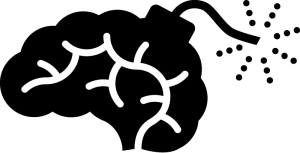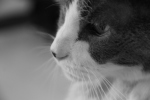I splurged on a new toy – the Canon 60D. It was a late Christmas present to myself, and it was either that or a kayak. It was a tough decision lemme tell ya, but within about three weeks of purchase, I was tossed into the deep end, using it as my main tool for an EPK. Alongside the rudimentary 18-55mm, a slew of cards and an extra battery, I set foot on a 3-day shoot for a high profile hospitality client as their Behind-the-Scenes person fool.
I’m currently wading through over 100GB of footage and stills – which has to be picked over, edited, and compiled into at least a rough edit within 2 days…
But that’s not really important… …How did the 60D shape up during the mayhem?
Shooting at 25fps, 1920×1080 as H.264 rather than RAW, one of the first things I discovered, and learnt very quickly is not to cheap out on the type of SDHC card one uses. I had a 16gb Lexar SDHC 4, a 32GB SanDisk SDHC 4, with a few emergency 4GB SanDisks, and the difference in reliability between the Lexar and SanDisk was incredible. SanDisk was tempremental, often stopping recording at crucial points and this all boils down to it being a ‘4’ and not a 10, or higher. All my cards are multi-purpose, but the Lexar, despite being a 4 as well, was far more reliable than its counterparts.
In short, don’t go cheap if you want to reduce your stress levels and decrease the amount of time you spend transferring footage to a HDD.
As for not shooting RAW, admittedly it was a decision I realised I had made on the second day. Having shot stills most of the time before, I had forgotten to change any settings for film. It was probably a good decision to forget to make given my card issues but from a compression, correcting POV, it has probably cost me some flexibility. Most of my footage is shot during the day, or reasonable lighting conditions (I was shooting on a film set afterall!) but on the last day, in an exterior setting at sunset, the noise levels were quickly apparent. The 60D, is the Poor Man’s 7D, and like it’s richer cousin, struggles a little under low light conditions. Granted the 18-55mm lens I was using wasn’t a 24-70mm with a delicious f/1.8-2, rather the awkward relation that is f/3.5-5.6, so I was never going to get National Geographic quality in low light settings.
Still! The stills were fabulous. Dropping settings as low as possible, and even without resorting to the 60D’s flash, I was able to capture picture perfect quality. Rather, light perfect quality. In this capacity, the 60D can really deliver. Granted, being a film set, there was some mood lighting, and it wasn’t pitch black, but where a Point-n-Shoot would (and were) requiring some flash usage, I was able to get away with using nothing at all.
Some examples of both video and stills to come.














